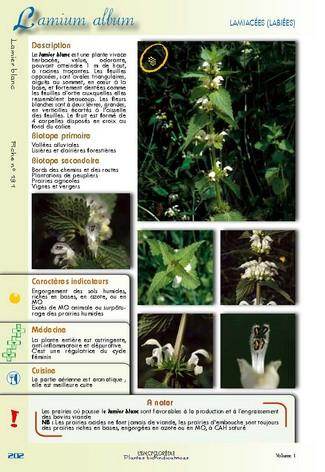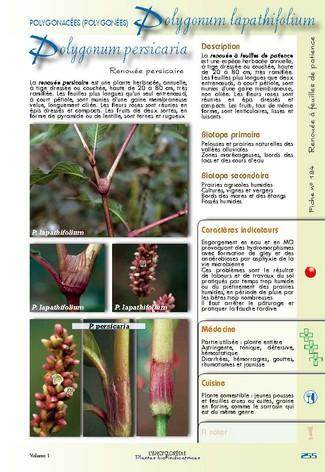








[img]http://i109.photobucket.com/albums/n52/havlik1/permie%20pics2/permiepotrait3pdd.jpg[/img]
"One cannot help an involuntary process. The point is not to disturb it. - Dr. Michel Odent








[img]http://i109.photobucket.com/albums/n52/havlik1/permie%20pics2/permiepotrait3pdd.jpg[/img]
"One cannot help an involuntary process. The point is not to disturb it. - Dr. Michel Odent
































paul wheaton wrote:
N-fixers are a sign of soil low in N.


Writing from Madhuvan, a yoga retreat/organic farm on the West Coast of Costa Rica.




How permies.com works
What is a Mother Tree ?




paul wheaton wrote:
Sepp talked at great length about observation and working with what you saw.
Ferns say "plant potatoes and sunchokes".
Moss is a sign of acidic soil.
Areas that get a lot of moisture tend to be acidic.
Areas that have conifers or used to have confiers tend to be very acidic.
N-fixers are a sign of soil low in N.
Nettles are a sign of soil rich in N.
I think there might be whole books on this topic and I think I need to find those books ...
I guess the important thing is that while you could get soil tests to learn a lot of this stuff, Sepp made an excellent point about how the soil conditions could change every few feet. He talks about how he used to have a lot of equipment to help him figure all of this stuff out - but he hasn't used any of it in years. I think he has just gotten good at reading a patch and deciding what to plant there.




Burra Maluca wrote:
I was always taught that clover was a sign of 'improving soil' and that when it was 'improved' enough other plants would take over. A field covered in clover is a sign that nothing else can compete. Yet. Or that it's just been sown with clover, of course...








paul wheaton wrote:
After some off and on research, I bought a copy from groworganic.com for $10 plus about $3 in shipping.




1. my projects




land and liberty at s.w.o.m.p.
www. swompenglish.wordpress.com




www.thehappypermaculturalist.wordpress.com




Bored? Go ahead and check out our blog/permaculture resource site! You can find it in our profile. Any feedback to make our site better is greatly appreciated!












The Human Habitat Project
https://sites.google.com/site/humanhabitatproject/




paul wheaton wrote:
I think I found it!
Weeds and What They Tell
Although it is out of print ....




paul wheaton wrote:
A lot of books have some casual mentions of the stories weeds tell. I just thought there might be a whole book on the topic.
If any of you see a whole book on the topic, please let me know!



|
It wasn't my idea to go to some crazy nightclub in the middle of nowhere. I just wanted to stay home and cuddle with this tiny ad:
The new permaculture playing cards kickstarter is now live!
https://www.kickstarter.com/projects/paulwheaton/garden-cards
|








